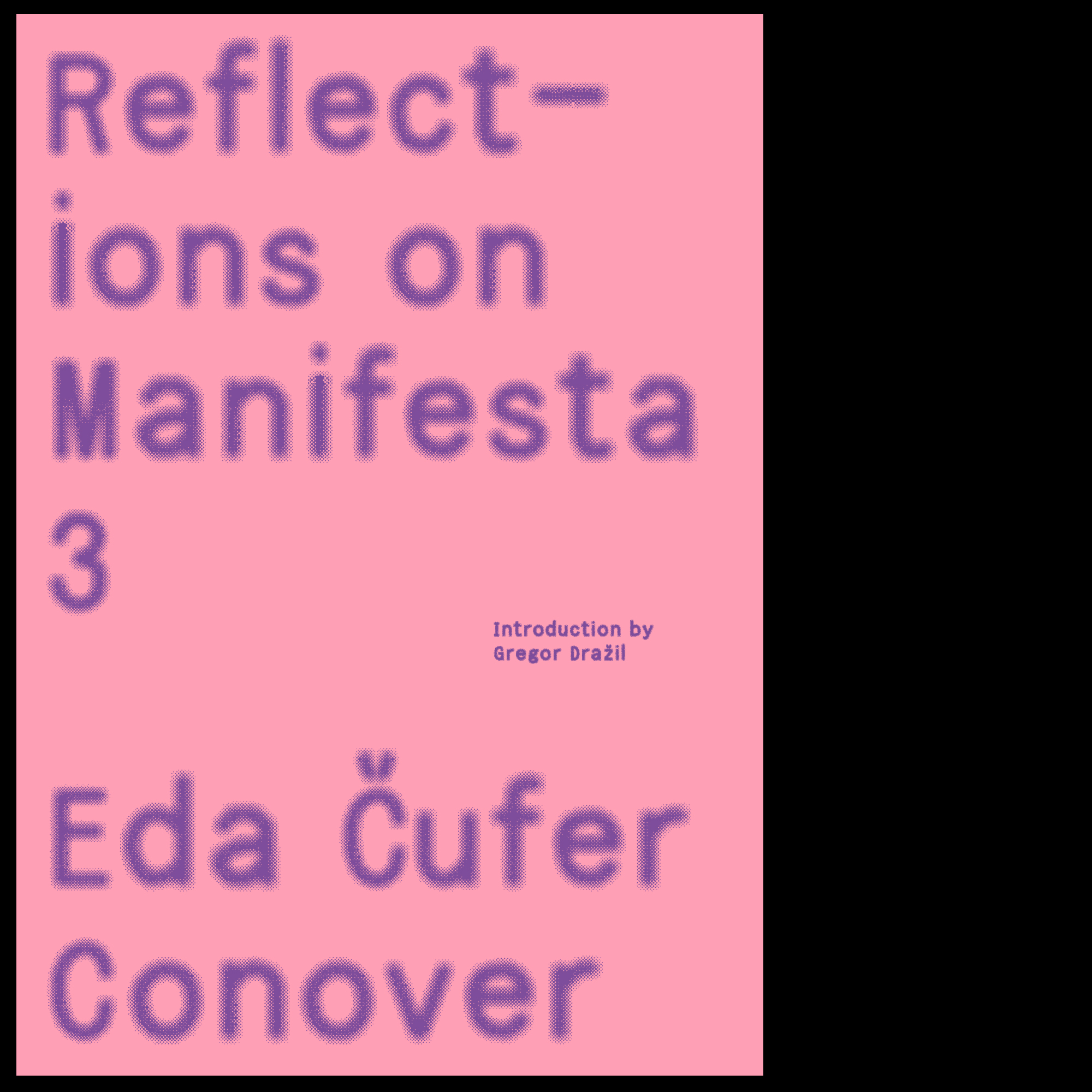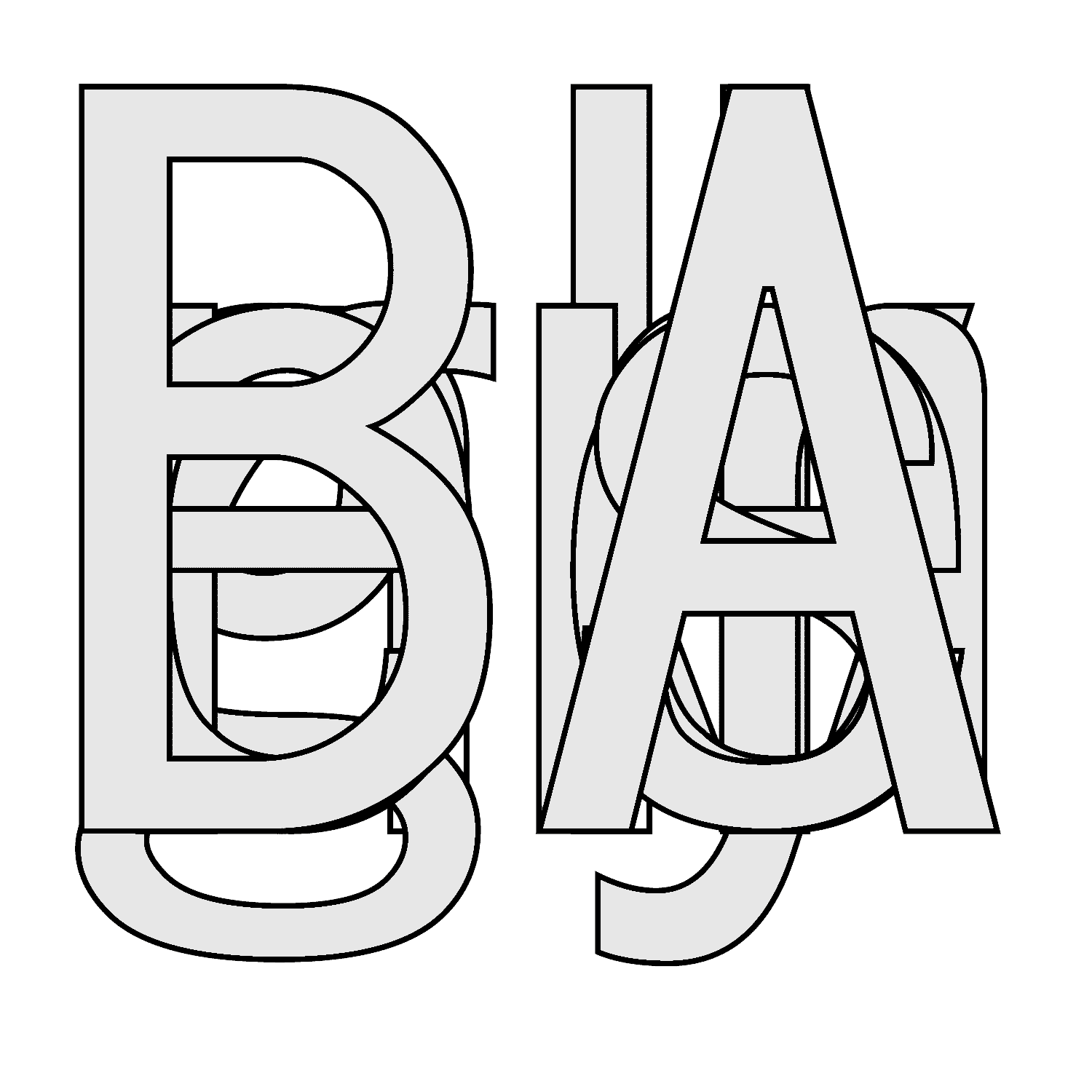Europe witnesses significant political and cultural changes regularly putting the cohesion of European countries and actors at risk. This unrest has brought about an urgency and desire for closer collaboration in the arts. The Perennial Biennial was a partnership of five European Contemporary Art Biennials working together to develop and explore sustainable models for perennial practices in the biennial field.
The Perennial Biennial ran as a year-round collaboration aiming to challenge and further the field of biennial practice and strengthen European biennial collaboration across five partners in Germany, Latvia, Slovenia, Norway and the UK.
In partnership with the International Biennial Association (IBA). Liverpool Biennial, Berlin Biennial, RIBOCA, MGLC and Bergen Assembly were working together on this programme for four years from september 2018 until september 2022.
The project supported research, writing and the formulation of new narratives in the biennial field through collaborative working, staff exchanges and the sharing of expertise and models for sustainable practice. Its aim was to create a dynamic European platform of exchange which could strengthen the contemporary Art sector at global, European and local level.
The project was supported by Creative Europe which is the European Union's programme to support the cultural, creative and audio-visual sectors.
![]()
![]()
![]()
![]()
![]()
![]()
![]()
![]()
![]()
![]()
Each art biennial forms a kind of microcosm of the art world, aiming to address and attract current cultural movements as well as exhibit a region’s contemporary art production, or at least a curated segment. Viewed from the outside, the presence of a biennial designates its host as a participant in a globalizing art system and its larger economy. But how are these biennials perceived in the cities or regions where they’re held? What roles can they take in their local contexts and communities? Does a biennial reflect the local scene, is it integrated, accessible to its inhabitants, representative? How can the local discourse around biennials inform our understanding of this proliferating form of exhibition?
Responding to the need to reflect on the mechanisms of the art biennial, this publication collects six local responses to biennials (and one triennial) in Shanghai, Ljubljana, São Paulo, Aichi, Dhaka, and Glasgow, and how they relate to the intentions, both stated and implicit, of their organizers. First published outside the international art press, these texts address the realities of an art exhibition that is caught between a tendency to universalize and a local, regional, or national desire for representation and participation. By revisiting these texts—and making some accessible in English for the first time—we aim to highlight the local urgencies, responses, and discussions around biennials, and how they diverge from the international biennial discourse.
This publication does not attempt to be a history of the biennial, rather it hopes to contribute to the literature of local art and cultural criticism in a biennial context. Not simply condemning the neoliberal tools of the (Western) biennial complex or an exclusionary art system, the authors of these essays unpack the specifics of a particular biennial to discuss its potentials and flaws, how it both creates and exposes contradictions, from a perspective committed to the cities and their art scenes. Local Perspectives on a Global Format is published in the context of Perennial Biennial, a collaboration of five European contemporary art biennials—in Liverpool, Berlin, Riga, Ljubljana, and Bergen—to develop and explore lasting sustainable models in the biennial field. The contributions were selected from responses to an open call, and each text includes an introduction by the colleague(s) who nominated it for inclusion.
The Perennial Biennial ran as a year-round collaboration aiming to challenge and further the field of biennial practice and strengthen European biennial collaboration across five partners in Germany, Latvia, Slovenia, Norway and the UK.
In partnership with the International Biennial Association (IBA). Liverpool Biennial, Berlin Biennial, RIBOCA, MGLC and Bergen Assembly were working together on this programme for four years from september 2018 until september 2022.
The project supported research, writing and the formulation of new narratives in the biennial field through collaborative working, staff exchanges and the sharing of expertise and models for sustainable practice. Its aim was to create a dynamic European platform of exchange which could strengthen the contemporary Art sector at global, European and local level.
The project was supported by Creative Europe which is the European Union's programme to support the cultural, creative and audio-visual sectors.
Local Perspectives on a Global Format
→ Download









Each art biennial forms a kind of microcosm of the art world, aiming to address and attract current cultural movements as well as exhibit a region’s contemporary art production, or at least a curated segment. Viewed from the outside, the presence of a biennial designates its host as a participant in a globalizing art system and its larger economy. But how are these biennials perceived in the cities or regions where they’re held? What roles can they take in their local contexts and communities? Does a biennial reflect the local scene, is it integrated, accessible to its inhabitants, representative? How can the local discourse around biennials inform our understanding of this proliferating form of exhibition?
Responding to the need to reflect on the mechanisms of the art biennial, this publication collects six local responses to biennials (and one triennial) in Shanghai, Ljubljana, São Paulo, Aichi, Dhaka, and Glasgow, and how they relate to the intentions, both stated and implicit, of their organizers. First published outside the international art press, these texts address the realities of an art exhibition that is caught between a tendency to universalize and a local, regional, or national desire for representation and participation. By revisiting these texts—and making some accessible in English for the first time—we aim to highlight the local urgencies, responses, and discussions around biennials, and how they diverge from the international biennial discourse.
This publication does not attempt to be a history of the biennial, rather it hopes to contribute to the literature of local art and cultural criticism in a biennial context. Not simply condemning the neoliberal tools of the (Western) biennial complex or an exclusionary art system, the authors of these essays unpack the specifics of a particular biennial to discuss its potentials and flaws, how it both creates and exposes contradictions, from a perspective committed to the cities and their art scenes. Local Perspectives on a Global Format is published in the context of Perennial Biennial, a collaboration of five European contemporary art biennials—in Liverpool, Berlin, Riga, Ljubljana, and Bergen—to develop and explore lasting sustainable models in the biennial field. The contributions were selected from responses to an open call, and each text includes an introduction by the colleague(s) who nominated it for inclusion.
Download
Links to partners’ websites:
Berlin Biennale
Liverpool Biennial
International Centre of Graphic Arts
The Bergen Assembly
Riga Biennial of Contemporary Art
![]()
This project has been funded with support from the European Commission.
![]()
Published by the Perennial Biennial
Edited by Max Bach and
Ingrid Haug Erstad
Design by Gaile Pranckunaite
Content:
Introduction
Max Bach and Ingrid Haug Erstad
The Situation of “Underground Going International” Should Be Changed: The Value of the Shanghai Biennale
Liu Xiaochun
Introduction by MelodyDu Jingyi and WilsonYeung Chun Wai
Reflections on Manifesta
Eva Čufer Conover
Introduction by Gregor Dražil
The Case of Caroline Pivetta da Mota at the 28th São Paulo Bienal
Artur Matuck, CristianeArenas, Euler Sandeville Jr.,Flavia Vivacqua, GavinAdams, George Sander, and Henrique Zoqui M. Parra
Introduction by Gabriela Saenger Silva
Was Freedom of Expression Violated? Problematic Aspects of the Aichi Triennale 2019
Tomoki Sakuta
Introduction by Daisuke Sato
Dhaka Art Summit: Cultural Capital and the Long Tail of Colonial Time
Parsa Sanjana Sajid
Introduction by Sarrita Hunn and James McAnally
Leaving the Auld Toon
Neil Clements
Introduction by Ruby Eleftheriotis
ISBN 978-1-3999-3495-4
Berlin Biennale
Liverpool Biennial
International Centre of Graphic Arts
The Bergen Assembly
Riga Biennial of Contemporary Art

This project has been funded with support from the European Commission.

Published by the Perennial Biennial
Edited by Max Bach and
Ingrid Haug Erstad
Design by Gaile Pranckunaite
Content:
Introduction
Max Bach and Ingrid Haug Erstad
The Situation of “Underground Going International” Should Be Changed: The Value of the Shanghai Biennale
Liu Xiaochun
Introduction by MelodyDu Jingyi and WilsonYeung Chun Wai
Reflections on Manifesta
Eva Čufer Conover
Introduction by Gregor Dražil
The Case of Caroline Pivetta da Mota at the 28th São Paulo Bienal
Artur Matuck, CristianeArenas, Euler Sandeville Jr.,Flavia Vivacqua, GavinAdams, George Sander, and Henrique Zoqui M. Parra
Introduction by Gabriela Saenger Silva
Was Freedom of Expression Violated? Problematic Aspects of the Aichi Triennale 2019
Tomoki Sakuta
Introduction by Daisuke Sato
Dhaka Art Summit: Cultural Capital and the Long Tail of Colonial Time
Parsa Sanjana Sajid
Introduction by Sarrita Hunn and James McAnally
Leaving the Auld Toon
Neil Clements
Introduction by Ruby Eleftheriotis
ISBN 978-1-3999-3495-4
